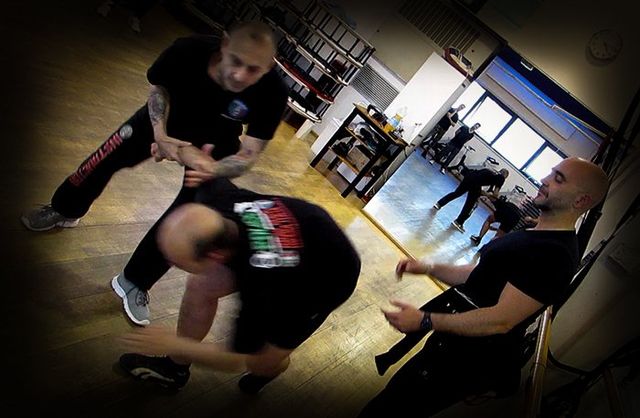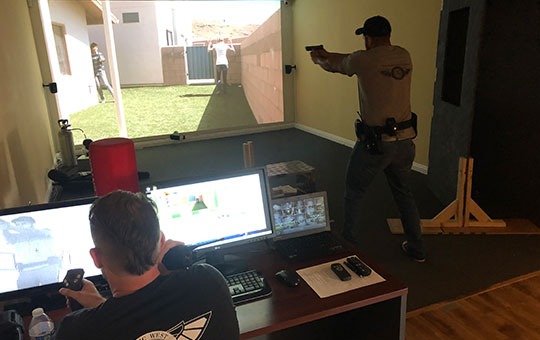In an ever-evolving landscape of threats and uncertainties, the role of executive protection professionals has become increasingly critical. As the demand for secure environments grows, so too does the need for a comprehensive framework that allows individuals in this industry to thrive and elevate their practice. This article delves into the multifaceted dimensions of executive protection, exploring strategic approaches to enhance skills, knowledge, and adaptability in a field marked by rapid change. From the foundational principles of threat assessment to the nuances of interpersonal communication, we will uncover the vital components that can empower security practitioners to not only meet, but exceed, the expectations of those they safeguard. Prepare to embark on a journey that will not only illuminate the path to success in executive protection but will also inspire a deeper understanding of the delicate balance between risk, responsibility, and professionalism in a world where every decision counts.
Core Competencies for Executive Protection Professionals

Core competencies for executive protection professionals encompass a diverse array of skills and knowledge essential for ensuring the safety of high-profile individuals. At the foundation lies an acute awareness of risk assessment strategies and threat analysis, allowing professionals to identify potential vulnerabilities. Communication skills are equally paramount; the ability to articulate plans clearly to team members and clients can mean the difference between safety and disaster. Additionally, a deep understanding of security technology—from surveillance systems to emergency response protocols—provides an indispensable edge. Physical fitness cannot be overlooked; agility and readiness enhance ones effectiveness in dynamic, high-pressure situations. Moreover, cultural sensitivity and adaptability are vital, especially when operating in international contexts, allowing professionals to navigate varying environments with ease and discretion. Ultimately, these core competencies form a robust framework, enabling executive protection experts to perform their roles with the utmost confidence and effectiveness.
Risk Assessment and Threat Analysis

In the executive protection industry, effective risk assessment and threat analysis serve as the cornerstone of any security strategy. Security professionals must begin with a meticulous evaluation of potential threats, considering not only the obvious dangers like physical attacks but also subtler, insidious risks such as cyber threats or reputational damage. This assessment demands a keen understanding of the operational environment, including the socio-political landscape and recognized threats to the principal. For example, a high-profile executive may attract attention from activists or corporate rivals, necessitating tailored countermeasures. Furthermore, employing a multi-layered approach, which encompasses both qualitative and quantitative analyses, allows protectors to adapt in real-time to evolving situations. Ultimately, a comprehensive risk assessment empowers security teams to anticipate threats, enabling the formulation of proactive strategies that safeguard their clients interests while navigating a complex and often unpredictable world.
Crisis Management and Emergency Response

Crisis management and emergency response are paramount components in the realm of executive protection, requiring swift decision-making and strategic foresight. Imagine a scenario where an unforeseen threat emerges—a sudden protest spiraling into chaos, or a natural disaster striking without warning. In such moments, the effectiveness of an executive protection agent can be gauged by their ability to remain composed under pressure, assessing risks while coordinating with local law enforcement and emergency services. Its not just about reacting to danger, but also anticipating potential crises and establishing robust contingency plans. Training simulations and scenario-based drills play a critical role in honing instinctual responses, enabling agents to navigate uncertainty with agility. The ability to communicate clearly, make quick assessments, and implement evacuation procedures can mean the difference between a controlled situation and escalating panic. Thus, a well-rounded approach to crisis management integrates both proactive preparation and reactive strategies, empowering security personnel to safeguard their principals with confidence and precision.
Conclusion
In conclusion, advancing in the executive protection industry requires a multifaceted approach that encompasses thorough training, continuous professional development, and adherence to ethical standards. By leveraging frameworks that integrate practical skills with strategic thinking, professionals can enhance their effectiveness in this dynamic field. Institutions like Pacific West Academy play a crucial role in equipping aspiring and current security personnel with the necessary knowledge and tools to navigate the complexities of executive protection. As the landscape evolves, commitment to lifelong learning and adaptation will remain key drivers of success, ensuring that practitioners can meet the ever-changing demands of their roles while maintaining the highest levels of safety and security for their clients.




